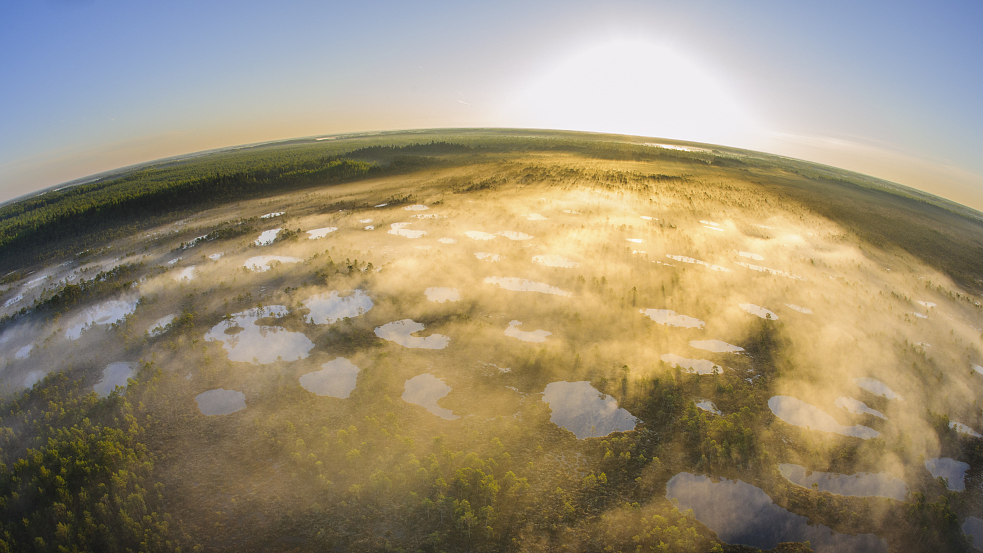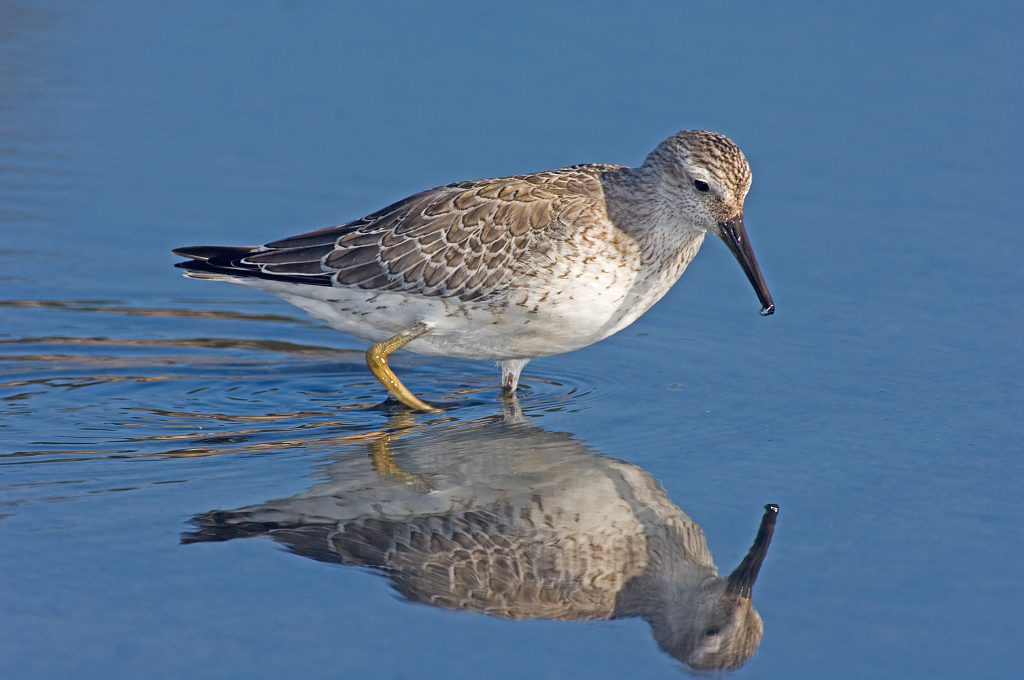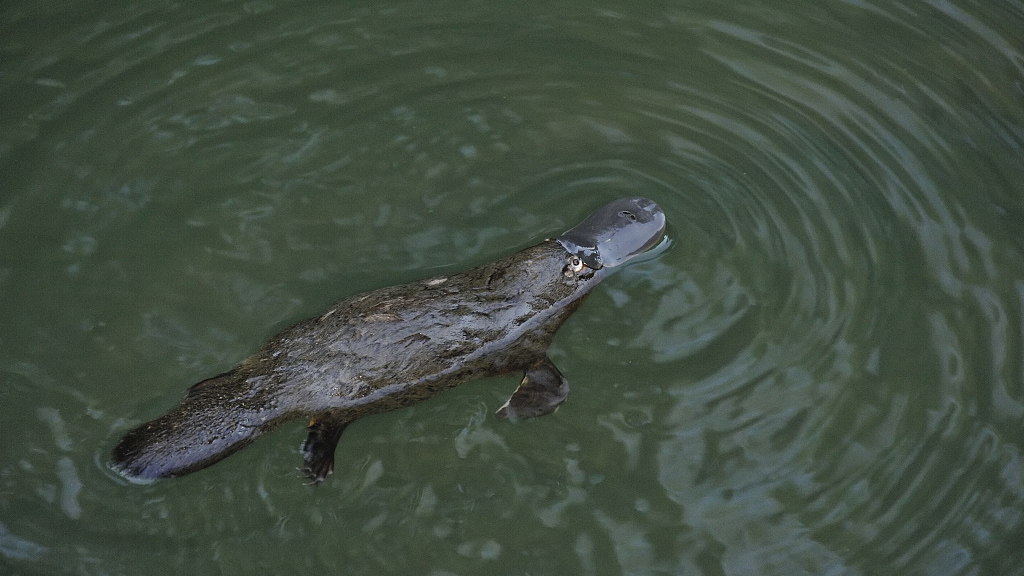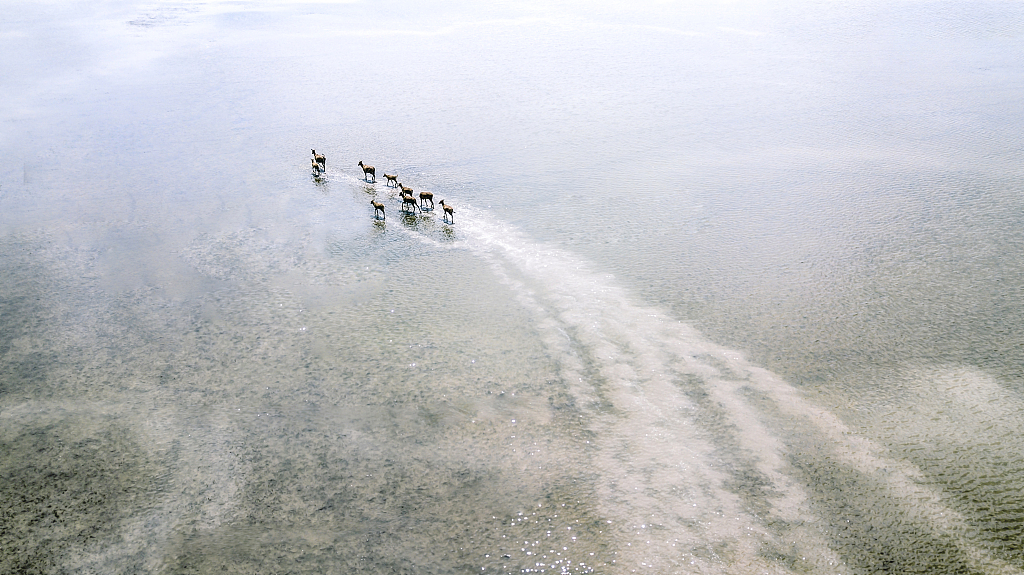Do you know that more than 40 percent of world's animal and plant species live or breed in wetlands? This incredible figure makes wetlands the most biologically diverse ecosystem in the world.

Aerial view of bogs in Alam-Pedja Nature Reserve of Estonia. A bog is a wetland of soft, spongy ground consisting mainly of partially decayed plant matter called peat. /VCG Photo
Aerial view of bogs in Alam-Pedja Nature Reserve of Estonia. A bog is a wetland of soft, spongy ground consisting mainly of partially decayed plant matter called peat. /VCG Photo
Each year on February 2, which marks the date of the adoption of the Convention on Wetlands on February 2, 1971 in the Iranian city of Ramsar, is World Wetlands day. Today, the theme "wetlands and biodiversity" is aimed at addressing the significance of wetlands as a biome that is rich in biodiversity.
The reason why so many species choose to reside or breed in wetlands is because they are mostly covered by water and thus remain humid and moist for the most part of the year, making it a perfect haven for a wide variety of plants and birds such as geese, kingfishers, ducks, ibises, and sandpipers.

A sandpiper looking for food. /VCG Photo
A sandpiper looking for food. /VCG Photo
Besides birds, there are also many species of mammals that have a preference on wetlands. The platypus in Australia is one example. They are graceful underwater hunters for insects, shellfish, and worms. Their high dependence on freshwater leads them to wetlands and basins where they can build burrows.

The platypus has unique reproduction method. It is one of only two mammals (the other being echidna) that lay eggs. Females lay eggs and keep them warm by holding them between her body and her tail. /VCG Photo
The platypus has unique reproduction method. It is one of only two mammals (the other being echidna) that lay eggs. Females lay eggs and keep them warm by holding them between her body and her tail. /VCG Photo

The platypus is finicky about water quality. It lives in burrows in the banks of rivers, streams, creeks and ponds, ideally ones that are shaded by native vegetation. /VCG Photo
The platypus is finicky about water quality. It lives in burrows in the banks of rivers, streams, creeks and ponds, ideally ones that are shaded by native vegetation. /VCG Photo
Besides the platypus, mammals like milu deer, sloths, waterbucks, elks, otters, beavers, and different kinds of fish also live in wetlands. The wetlands in the world accumulatively accommodate more than 19,500 animal and plant species.

Milu deer in Dafeng Milu National Nature Reserve in Yancheng City, Jiangsu Province. /VCG Photo
Milu deer in Dafeng Milu National Nature Reserve in Yancheng City, Jiangsu Province. /VCG Photo
There are over one billion people who make a living from wetlands. They are also vital in water purification, water storage and carbon processing. Peatlands, a unique type of wetland, are formed by an accumulation of plant and animal remains in the water. They cover only about three percent of the earth, but can store around one-third of the world's carbon – two times of the amount of carbon reserved by forests in the world.

Wetlands in Zogye County, Aba Tibetan and Qiang Autonomous Prefecture, Sichuan Province. /VCG Photo
Wetlands in Zogye County, Aba Tibetan and Qiang Autonomous Prefecture, Sichuan Province. /VCG Photo
There are over 2,300 Ramsar sites on the territories of 171 Convention Contracting Parties across the world, covering more than 250 million hectares of wetlands in the world. In 1992, China joined the convention and became a contracting party. Today, there are 57 Ramsar sites in China with a surface area of more than six million hectares.
(If you want to contribute and have specific expertise, please contact us at nature@cgtn.com.)